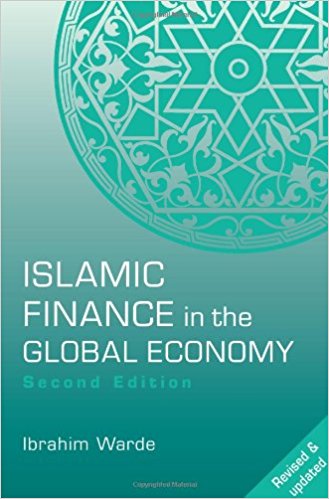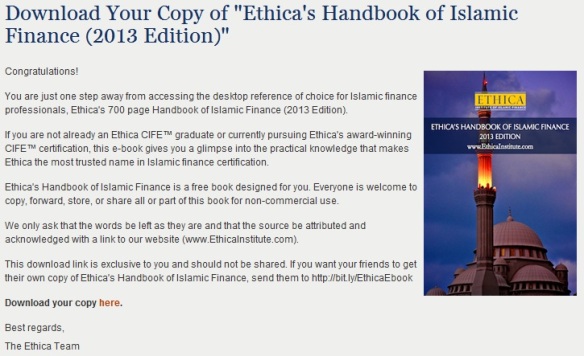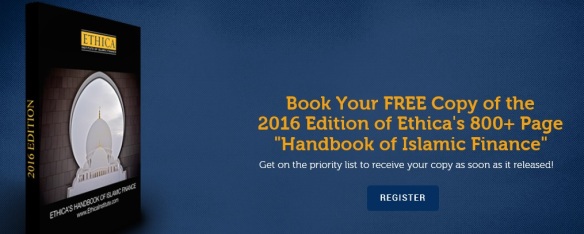 Islamic Finance has seen many criticisms for the past decades, ranging from whether the right model was introduced in the first place, to questions on the mirroring of conventional products into islamic alternatives, accusations of Hilah and back-door riba, suitability of certain contracts in the banking space, and even the end accomplishment of the Maqasid of Sharia via a financial intermediary model.
Islamic Finance has seen many criticisms for the past decades, ranging from whether the right model was introduced in the first place, to questions on the mirroring of conventional products into islamic alternatives, accusations of Hilah and back-door riba, suitability of certain contracts in the banking space, and even the end accomplishment of the Maqasid of Sharia via a financial intermediary model.
Practitioners and regulators (including Sharia scholars) have been hard at work to address these issues (which the public seems to assume we are not aware of in the first place!!!). To a certain extent, a lot of the issues have been / are being addressed (whether to its full satisfaction or otherwise), but it is also important to be able to sit and identify areas where further improvements can be made.
Ms Rosana has become an avid observer of Islamic Finance practices and its shortfall, and found literatures that she hopes to bring forward into the constructive discussion with the industry. Her review today covers the book by Ibrahim Warde : Islamic Finance in the Global Economy (2010).
Review by Rosana Gulzar (Excerpt)
This book by Ibrahim Warde, a US academic, is among a few in the genre of political economy of Islamic finance. Although a much needed subject, it is hardly discussed in classrooms apparently due to political sensitivities. That may be the reason why this book stands out in its contribution but it can also very well stand on its own merits. The content is refreshingly intellectual, critical and direct. But even as I find it to be the most enlightening book I have read on the subject, I wish for more.
The question is, what is ‘political economy’? Or what does the subject cover? It is a fascinating field of economics which goes beyond the simple study of processes. Instead of describing production and trade as if they operate in silos or the often used phrase in economics, ceteris parabus (assuming all else stay constant – seriously, which world is that?), the study of ‘political economy’ combines theories from political science and sociology to bring about a fuller and more realistic perspective on how a country is run. A branch of political economics even draws from other academic areas such as culture and history. This definition from Investopedia is to me, the most appealing though it is arguably not the most reliable source: “International political economy is ultimately concerned with how political forces like states, individual actors, and institutions shape systems through global economic interactions and how such actions effect political structures and outcomes”.
The study of political economy is vital, I argue, in Islamic finance because how does one begin to understand a phenomenon without a frank discussion on the forces shaping it. To borrow from the Indonesians, who are the real dalangs (puppeteers) in this wayang kulit (traditional puppet-show)? Who are pulling the strings? As Warde says, “Quantity, not quality, is the defining feature of writings on Islamic finance. The recent boom in Islamic finance has resulted in a flood of writings that add very little to our understanding of a complex and multifaceted phenomenon. Overall, scholarship is marred by four flaws: the ‘authorised’ nature and pre-ordained conclusions of a significant portion of it; narrow geographic focus and lack of comparative analysis; reductionism (religious, financial, and legal); and faulty assumptions about the relation between theory and practice (p. 8).” In short, we have barely scratched the surface.
TO READ FULL COMMENTARY ON THE BOOK, CLICK ON THIS LINK
TO GO TO MS ROSANA GULZAR PAGE, CLICK ON THIS LINK
To have an open and honest discussion, do have a read a give us your thoughts, especially on the political economy aspect of Islamic Finance. Comments and feedback welcome.








 Islamic Finance has seen many criticisms for the past decades, ranging from whether the right model was introduced in the first place, to questions on the mirroring of conventional products into islamic alternatives, accusations of Hilah and back-door riba, suitability of certain contracts in the banking space, and even the end accomplishment of the Maqasid of Sharia via a financial intermediary model.
Islamic Finance has seen many criticisms for the past decades, ranging from whether the right model was introduced in the first place, to questions on the mirroring of conventional products into islamic alternatives, accusations of Hilah and back-door riba, suitability of certain contracts in the banking space, and even the end accomplishment of the Maqasid of Sharia via a financial intermediary model.